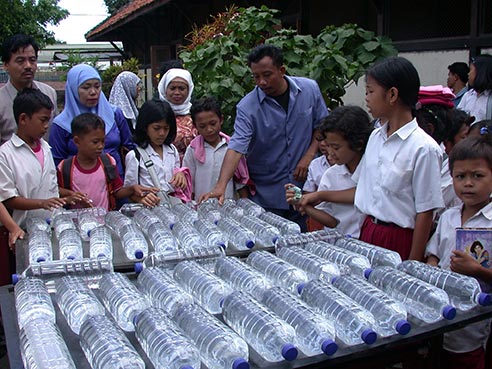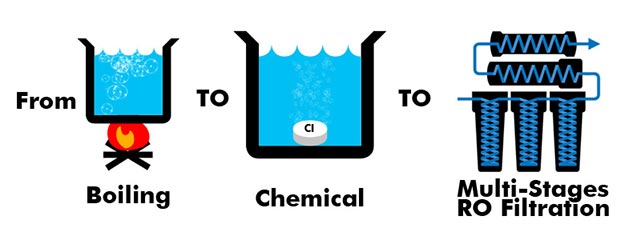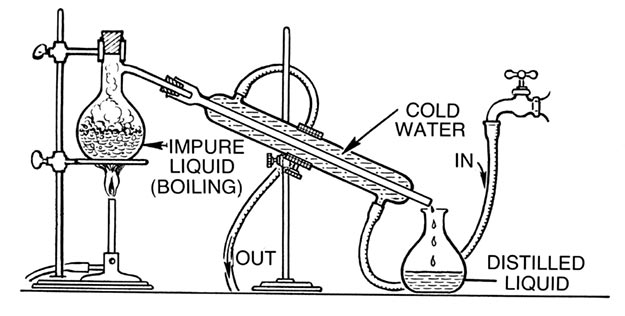Technically, the term “water treatment” refers to any modifications made to raw water (water from the original source, i.e. rivers, lakes, streams, etc.). Included under the umbrella term “water treatment” are both water softeners and water filters. For this reason, the functions of the two different technologies are often seen as interchangeable.
Water filters and softeners do, in fact, serve very different purposes. The main goal of a water filter is to provide clean, contaminant-free water for drinking and other purposes. The main goal of a water softener is to remove “hardening” minerals like calcium and magnesium from the water. Water softeners do not remove dangerous chemicals or bacteria. Read more





